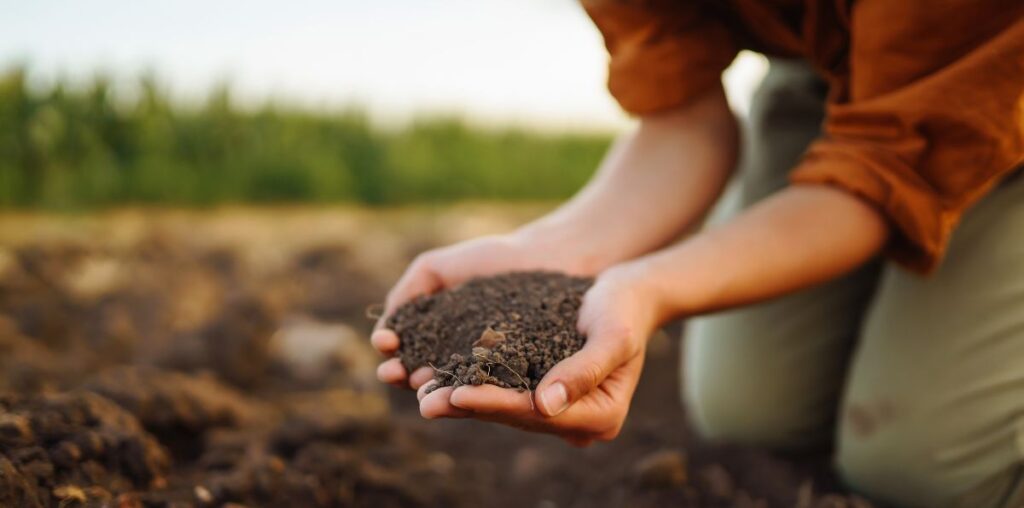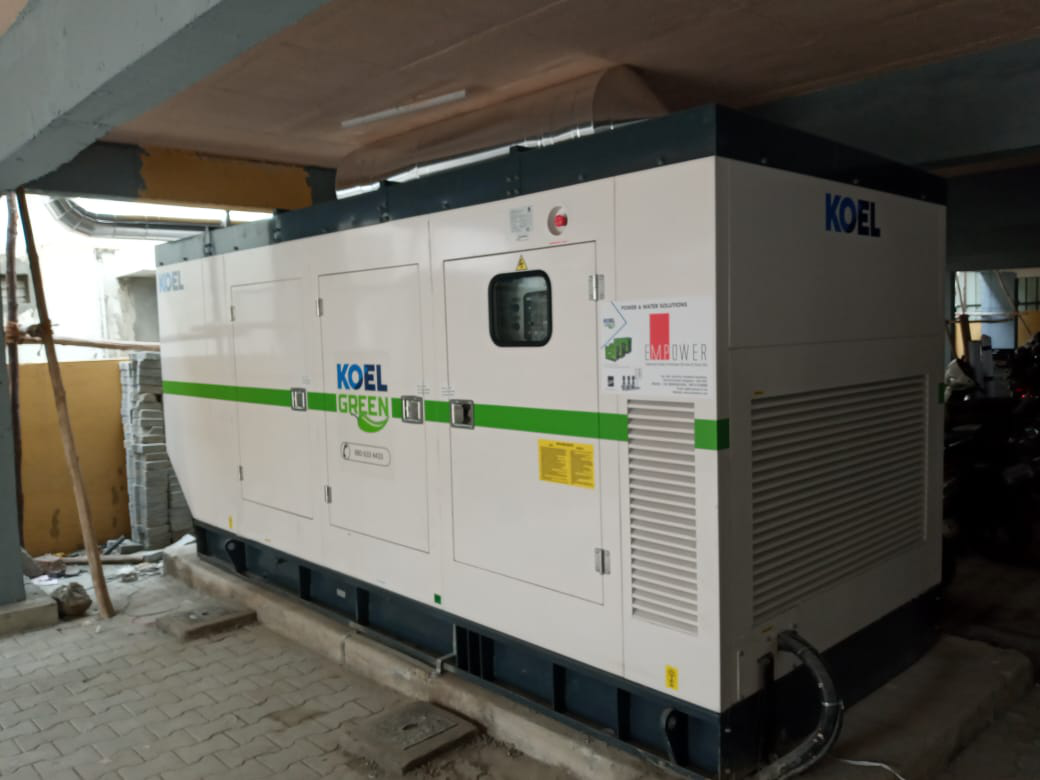The Fertilizer Market in Peru: Growth Trends and Future Outlook
The fertilizer market in Peru plays a crucial role in supporting the country’s agricultural sector, which is a key driver of its economy. Fertilizers are essential for enhancing soil productivity, improving crop yields, and ensuring food security. In 2023, the market reached an impressive volume of approximately 713.25 thousand tons. The sector is projected to grow at a compound annual growth rate (CAGR) of 3.40% during the forecast period from 2024 to 2032, reaching a volume of around 967.38 thousand tons by 2032. This growth highlights the expanding demand for fertilizers, driven by the need for increased agricultural productivity and the country’s economic development.
This article examines the current trends, key drivers, challenges, and future projections of the fertilizer market in Peru.
Market Overview
Peru is one of the largest agricultural producers in Latin America, with key crops including coffee, potatoes, maize, rice, and various fruits and vegetables. The fertilizer market in Peru is integral to sustaining and enhancing the productivity of these agricultural activities. Fertilizer use in the country has seen steady growth, supported by both small-scale farmers and large agribusinesses that demand higher quality yields to meet domestic and international markets.
The market consists of various types of fertilizers, including nitrogenous, phosphatic, and potassic fertilizers, with nitrogen-based fertilizers being the most widely used due to their effectiveness in boosting crop growth.
Market Projections and Growth Drivers
Forecasted Growth
The fertilizer market in Peru is expected to grow at a CAGR of 3.40% from 2024 to 2032, driven by the increasing demand for food and the need to enhance agricultural productivity. The market volume is projected to reach 967.38 thousand tons by 2032. This growth is a result of several key factors, including population growth, the rising demand for high-quality food, and government policies aimed at improving agricultural efficiency.
Key Drivers of Growth
- Agricultural Expansion:
Peru’s agricultural sector is expanding, with more land being used for both traditional crops and high-value export crops such as fruits, vegetables, and flowers. The increasing need to maintain soil fertility and optimize crop yields is driving demand for fertilizers. - Sustainability Initiatives:
The growing emphasis on sustainable farming practices is influencing fertilizer demand. Peruvian farmers are adopting fertilizers that help improve soil health, enhance crop quality, and minimize environmental impact. This is particularly evident in the organic and slow-release fertilizer segments, which are gaining popularity. - Technological Advancements in Fertilizer Application:
Precision farming and digital agriculture technologies are making fertilizer application more efficient. This includes the use of soil sensors, drones, and data analytics to optimize the use of fertilizers, ensuring that the right amount is applied at the right time. - Government Support:
The Peruvian government has implemented policies to promote the use of high-quality fertilizers and improve agricultural productivity. Financial support and subsidies for fertilizers have made it easier for farmers, especially small-scale ones, to access essential products. - International Trade and Export Demand:
Peru is a major exporter of agricultural products, particularly to countries in North America and Europe. The demand for high-quality, nutrient-rich crops to meet international standards is contributing to the increased use of fertilizers to ensure optimal crop production.
Fertilizer Types in Peru
- Nitrogen Fertilizers:
Nitrogen-based fertilizers, such as urea and ammonium nitrate, are the most widely used in Peru due to their effectiveness in promoting healthy crop growth, especially for staple crops like maize and rice. - Phosphate Fertilizers:
Phosphate fertilizers are important for promoting root development and flowering in crops. These fertilizers are used widely in Peru for crops such as potatoes and vegetables. - Potash Fertilizers:
Potash is essential for overall plant health, helping with water retention, disease resistance, and improved crop quality. Potassic fertilizers are increasingly being used to improve the productivity of crops like rice and maize. - Organic Fertilizers:
With a growing focus on sustainable farming practices, organic fertilizers made from natural materials are becoming more popular. These fertilizers not only improve soil structure but also enhance long-term soil fertility. - Slow-Release Fertilizers:
These fertilizers are gaining traction in the Peruvian market as they provide nutrients over an extended period. Slow-release fertilizers are particularly beneficial for high-value crops, improving both yield and quality.
Regional Insights
The demand for fertilizers is not uniform across the entire country, as different regions have specific agricultural needs:
- Coastal Regions:
Peru’s coastal areas are home to high-value agricultural exports, including fruits, vegetables, and flowers. These regions experience high fertilizer demand to support intensive farming methods. - Highland Regions:
In the Andean regions, fertilizers are essential to boost the productivity of crops such as potatoes and quinoa. The use of fertilizers in these areas is closely tied to the need to improve soil fertility and maximize yields in less fertile mountainous terrain. - Amazonian Regions:
Fertilizer use is lower in the Amazon regions due to the rich, naturally fertile soil. However, as agriculture expands in these areas, particularly for crops like coffee, fertilizers are becoming more important.
Challenges in the Market
- Environmental Concerns:
Overuse of fertilizers can lead to soil degradation, water contamination, and loss of biodiversity. Sustainable practices in fertilizer application are becoming more important to mitigate environmental risks. - Price Volatility:
Fertilizer prices are subject to fluctuations based on global supply and demand, which can affect the affordability of fertilizers for Peruvian farmers. The cost of raw materials, such as natural gas for nitrogen fertilizers, also influences prices. - Access to Fertilizers for Small Farmers:
Small-scale farmers, especially in rural areas, may face challenges in accessing fertilizers due to cost and logistical barriers. While government subsidies have helped, access remains an issue in certain regions. - Adoption of Advanced Fertilizer Technologies:
While technology has the potential to improve fertilizer efficiency, some farmers may be hesitant or unable to invest in precision agriculture tools such as soil sensors and drones.




